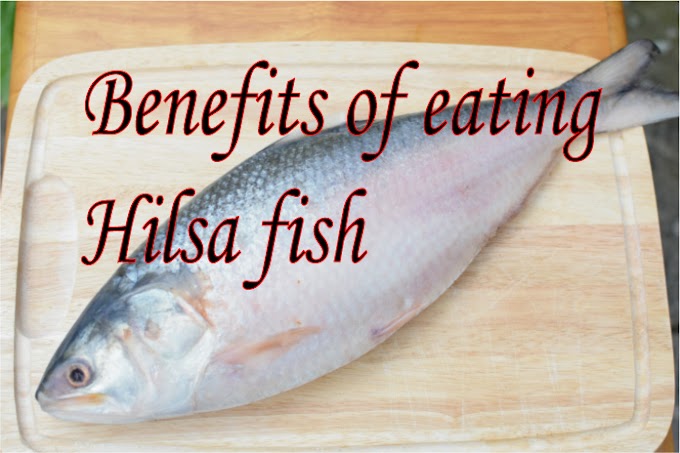In the past decades the rivers of Bangladesh were the mentor natural source of carp seed production. Due to the destruction of natural habitats and also increase demand the natural available of carp seed has largely declined and the aquaculture venture and gradually replaced by the hatchery produced fry since early 80’s when artificial fish breeding technique and low cost hatchery design have been successful adapted in Bangladesh.
In the year of 2014, the total carp fry production in
Bangladesh was 3,52,010 kg of which
9,207 kg and 3,42,803 kg from 92 public hatcheries and 790 private hatcheries respectively.
In the resent analysis shows that in 2018,
the total annual carp production was 6,87,427
kg by which, the annual carp hatchling production was 12,059kg from government hatcheries and 6,66,088kg of carp hatchlings from 818 private hatcheries which is
the 996.66% of the total carp
hatchling production in Bangladesh and where government hatcheries contribution
was just 2.00%.
At present there are 824 private nurseries 102 government fish hatcheries and 124 government fish seed multiplication
farms in the country. A total of 6,86,754
kg spawn was produced from private and government hatcheries in the year 2018.
Collection of fish seed from natural ground has a total of 9,274kg. The total
fingerling production in 2018 was 236.2
lac.
In 2017-18 there were about 49 Penaeus
monodon hatchery of and 46 Macrobracium
rosenbergii hatcheries
of which 27 hatcheries were
government hatcheries about 141204 lac
bagda post larva (Pl) were produced in these hatcheries. Almost all bagda
hatcheries are located in cox’s Bazar region.
Table 1. Annual PL
(Post Larva) Production, 2018
|
Source of Production |
Galda Hatchery |
Bagda Hatchery |
Total |
|||
|
No. of Hatchery |
PL Production (Core) |
No. of Hatchery |
PL Production (Core) |
No. of Hatchery |
PL Production (Core) |
|
|
Govt. Hatchery |
27 |
.045 |
0 |
00.00 |
27 |
0.45 |
|
Private
Hatchery |
19 |
4.76 |
49 |
1412.04 |
68 |
1416.60 |
|
T O T A L |
46 |
5021 |
49 |
1412.04 |
95 |
1417.25 |
Such in coastal areas, hatcheries
here have high mortality rates due the quality of the water being pumped from
underground reserves. Oxygen concentration in this water, which is used in
brood and nursery ponds and incubation jars, is very low, while the levels of
dissolved carbon dioxide are high. This is an unfavorable combination that
leads to very low survival rates of hatchlings, even from the best quality eggs
and resultant economic losses. The project supported installation of aeration
towers to provide additional oxygen to the water Supported by worldfish–water
flows through four to six layers of perforated galvanized sheets before passing
to incubation jars and nursing tanks. This simple process increases the oxygen
level from 3 to 8 mg per liter. The increase in oxygen levels boosts hatching
rates to 95 percent. These towers are made of locally available materials and
cost $USD300 a piece, which is easily affordable by the hatchery owners.
Reference
মৎস্য অধিদপ্তর,
(17 Feb 2020), “পটভূমি
About Department of Fisheries”,
fisheries, Retrieved from,
http://www.fisheries.gov.bd/site/page/43ce3767-3981-4248-99bd-d321b6e3a7e5/%E0%A6%AA%E0%A6%9F%E0%A6%AD%E0%A7%82%E0%A6%AE%E0%A6%BF#:~:text=At%20present%20there%20are%20824,multiplication%20farms%20in%20the%20countr.
W.F.( 6 June 2013), “Technology improves fish hatchery production
in Bangladesh”, world fish, retrieved from,
https://www.worldfishcenter.org/content/technology-improves-fish-hatchery-production-bangladesh
DoF. 2018. Yearbook of Fisheries Statistics of Bangladesh, 2017-18. Fisheries Resources
Survey System (FRSS), Department of Fisheries. Bangladesh: Ministry of
Fisheries, 2018. Volume 35 : p. 129.






0 Comments